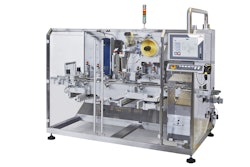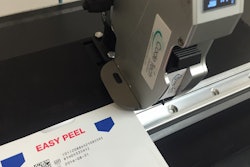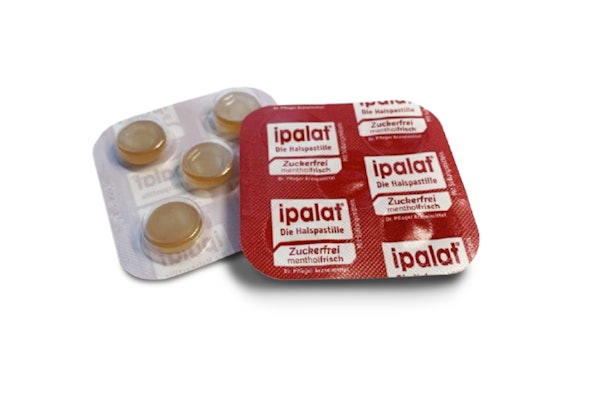
As part of the Drug Supply Chain Security Act (DSCSA), passed to overhaul track-and-trace rules and increase accuracy of supply chain information, the U.S. Food and Drug Administration will soon require pharmaceutical manufacturers to mark products at the unit level with both human-readable text and two-dimensional DataMatrix bar codes.
Passed by Congress in 2013, manufacturers have until November 2017 to meet the serialization deadline, and until 2023 to fully implement the complete DSCSA track-and-trace requirements. As such, pharmaceutical manufacturers should be employing high-resolution coding robust enough to help ensure accurate product identification and traceability through the full supply chain.
Videojet Technologies, producer of coding, marking and printing solutions, works with manufacturers to help them achieve compliance. Its technologies help enable clear identification for seamless tracking of each product. That helps pharmaceutical manufacturers address DSCSA as well as a manufacturer’s varied requirements for traceability, supply chain logistics management and product authentication.
Printing and marking equipment is critical to DSCSA compliance, as clear, high-resolution codes are required for both human and machine readability and data capture. When selecting a coding technology, manufacturers must also consider proper integration into the packaging line, data handling between serialization systems and printers, and verification requirements. They should carefully weigh printing and marking equipment options to address the type of product packaging (substrate), line speed demands and code durability throughout the supply chain.
The company recommends manufacturers consider these solutions that are well-suited to help in complying with DSCSA requirements:
• Thermal inkjet (TIJ) printers—are often used to print codes on cartons, flexible packages, labels, films and foils. The advantage of TIJ printing is the delivery of high-resolution codes at fast production line speeds. Complex codes can be printed as fast as simple alphanumeric codes—a helpful reassurance for packaging engineers who anticipate adding code content.
• Laser marking systems—offer the benefit of permanent codes marked directly on bottles, labels, cartons, blister foils and a variety of other pharmaceutical packaging. Ultraviolet and fiber lasers, for example, can create high contrast marks on common pharmaceutical packaging such as white HDPE bottles.
• Thermal transfer overprinting (TTO)—is engineered to deliver reliable, high-resolution codes and other variable content on flexible pharmaceutical packaging including pouches, barrier materials and labels. TTO printers are designed for seamless mechanical integration with a range of OEM equipment.
Although the final deadline for full compliance with all DSCSA provisions isn’t until 2023, the item-level serialization deadline is fast approaching. A coding and marking specialist with knowledge of all three recommended printing technologies can evaluate a manufacturer’s specific printing needs to help bring them in line with the DSCSA requirements and assess anticipated needs.



















